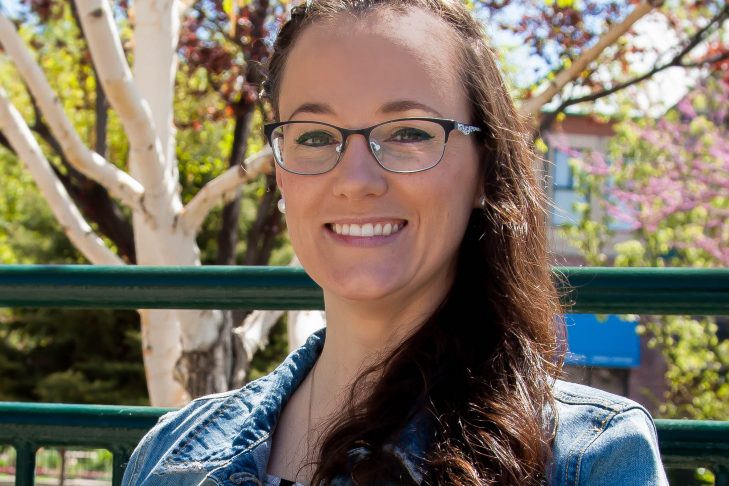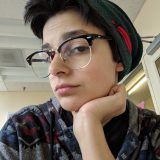I, like many strange young women, was a voracious reader as a child. My parents kept enormous bookshelves in several rooms of our house and my summers were dotted with extensive trips to the library resulting in stacks of books that reached my waist. However, in the expansive worlds with which I buried myself, I found a cast of characters who deviated very little from my non-Jewish classmates. Jewish characters in children’s books seemed isolated to tearjerker Holocaust narratives, which grew quite dry. But in my adulthood, I’ve noticed an encouraging upswing in children’s books that feature not only Jewish protagonists, but protagonists who are not characterized exclusively by their suffering. Anya of “Anya and the Dragon” is one such character.
“Anya and the Dragon” came out in mid-September under Versify, Kwame Alexander’s imprint within Houghton Mifflin Harcourt, and is a part of the #ownvoices campaign to establish diverse authors as they tell their own stories. It’s also author Sofiya Pasternack’s debut title, with its sequel, “Anya and the Nightingale,” arriving next year.
When we meet 11-year-old Anya, she is wrangling her unruly goat, Zvedza, with equal parts compassion and exasperation. The goat, much like the reader, follows her as she performs her morning chores on her family’s small farm in Kievan Rus, where magic is illegal. Anya’s family is the only Jewish one within their village, and when a magistrate arrives with an eviction notice borne from prejudice, Anya decides she will do anything to protect her family’s home. She joins a troupe of fools in search of Kievan Rus’s last dragon and embarks on an adventure full of tough decisions, friendship and magic.

Anya’s Judaism is never played for laughs. She does not feel ashamed of her religion, nor does she balk in the face of anti-Semitism. When the going gets tough, she takes matters into her own hands and uses her intelligence and kindness to light her way. Characters like Anya are not defined by their suffering. They do not exist as atrocity puppets meant to teach children about the coldness of the world. Anya fulfills the need for Jewish characters that rise above their circumstances without abandoning their religion. Anya is a character for the child I once was.
Characters who reflect specific childhood experiences are not only beneficial for the kids they represent, though. Children often learn compassion and tolerance from the media they consume, and if non-Jewish kids find themselves in Anya, they may be more receptive to their Jewish classmates as well. Cultivating a diverse library of children’s and middle grade books helps expose kids to people who are different from them, even if they don’t encounter them in their own community. “Anya and the Dragon” is a brilliant tale that I would have loved as a child and enjoyed as an adult.
Sofiya Pasternack will be reading from “Anya and the Dragon” at Porter Square Books on Saturday, Oct. 5, at 3 p.m. Find more information here.



